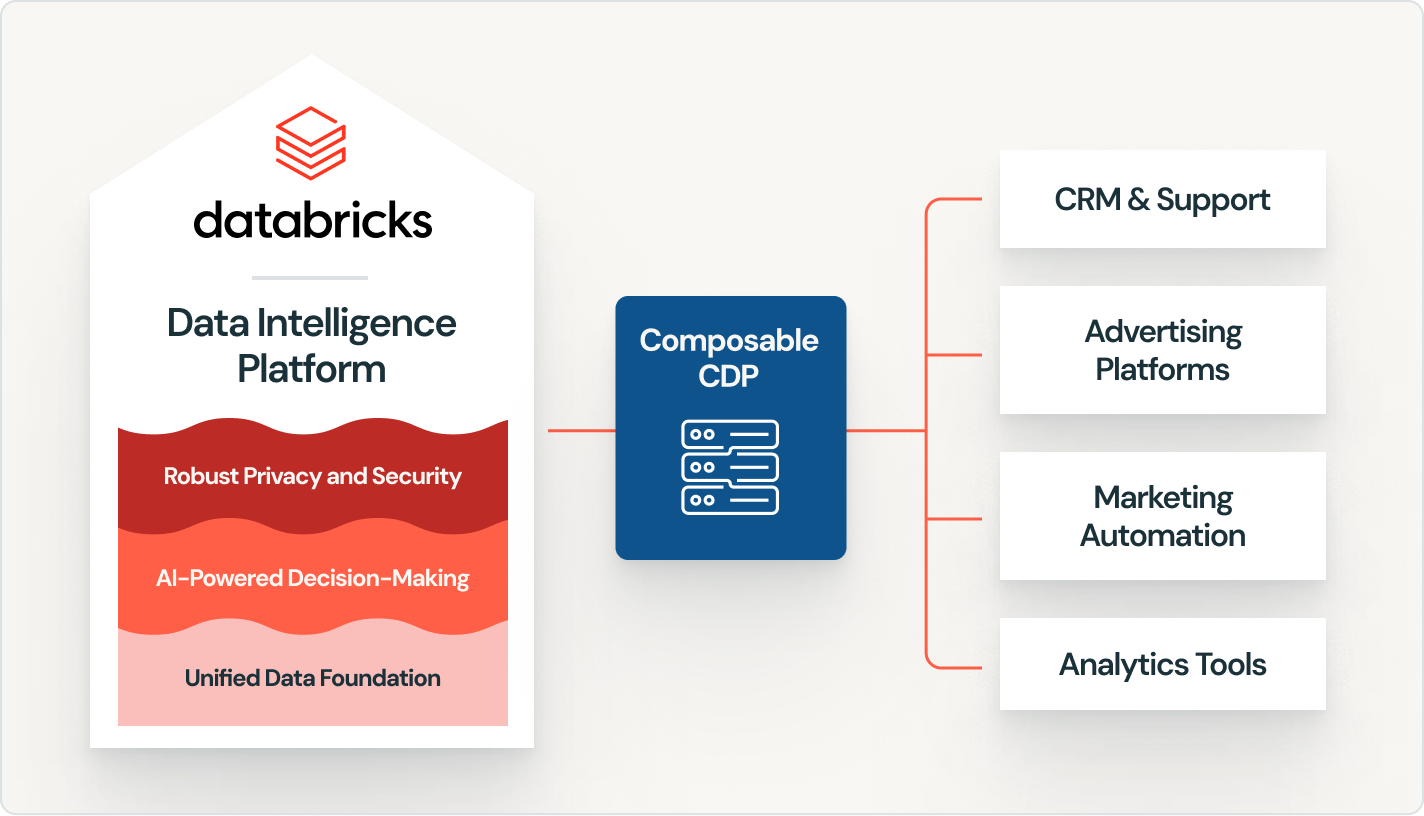Contextual CDPs: Composable, not chaotic
Part 5 of 6: Contextual CDPs need lightweight structure, not heavyweight rebuilds
By now, we’ve explored what context can unlock in a CDP, from dynamic profiling to real-time orchestration and trust. We’ve talked about layering memory and inference without blowing up your current stack. So in this fifth part, let’s look at what happens when you want to make these contextual layers stick… without making everything feel like a pile of duct-taped services.
Because that’s the risk. Composability gives us incredible flexibility, but without some architectural discipline, it becomes hard to explain, harder to maintain, and impossible to govern.
Let’s explore how to structure context-aware systems in ways that are powerful, portable, and above all, comprehensible.
The overlay, not the overhaul
One of the smartest decisions a team can make early on is to treat contextual intelligence as an overlay, not a core rewrite. Your CDP, CRM, or warehouse continues doing what it does best 👉🏻 storing, syncing, and distributing customer data. What you add are services that make that data situationally relevant.
These services might live in a middle layer, close to decision engines or channel orchestration tools. Or they may be situated in the infrastructure itself as Databricks has shown us with their Data Intelligence for Marketing. Or they may run alongside UX components such as support dashboards, analytics views, and journey builders while offering real-time summaries or memory-derived nudges.

The key is separation of roles. You want your core data systems to stay stable. You want your context layers to be modular, easy to test, and able to evolve as the use cases do.
Don’t just stack… Sequence
Composable architectures can turn into sprawl if each tool works in isolation, but that defies the purpose of the core composable principle. What’s missing in most setups isn’t another connector (every vendor offers 200+ of these, according to most websites); it’s the choreography to make it flow in a way that keeps it relevant and valuable.
Contextual systems work best when they follow a deliberate sequence. First retrieve context, then resolve identity, then score intent or emotional state, then pass a recommendation into the execution layer.
This doesn’t need to be linear or hardcoded. But if there’s no shared flow, the AI that personalizes a push notification could be operating on a different memory set than the one triaging a support ticket. And that’s how customer trust gets chipped away, slowly, and often invisibly.
So the architecture needs a way to carry context forward, not just from database to tool, but from tool to tool, moment to moment. We should be acting surprised here, we have been trying to break down silos for decades. Will AI finally get it done?
Context coordination roles
This is the part we talk about less: the team practices that go with contextual systems. Someone needs to be thinking not just about data models or message timing, but about context handoff.
For example, does your personalization team know what your support team just inferred about a customer’s frustration level? If not, why not? Where should that knowledge live? How should it be framed, as structured tags, maybe natural language notes, or something else entirely?
These are coordination questions that extend beyond architecture. The most effective answers often come from roles that combine product intuition with data fluency. You don't necessarily need to create new departments. What you need are people who can connect the dots. Ambassadors anyone?
The Audit-friendly stack
The more inference and memory you introduce, the more you’ll need transparency. Not because something will go wrong, but because sooner or later, someone will ask:
Why did the system do that?
That means your architecture should support narrative debugging. Logs that don’t just show inputs and outputs, but decision paths. Context snapshots. Memory traces.
Many teams are already capturing this implicitly through prompt history or vector search metadata. The next step is making it navigable for both humans and compliance.
When composable systems can explain themselves, they earn the right to keep growing.
Wrapping up (and looking outward)
If you’ve read this far, you probably don’t need convincing that context matters. You want to know what it takes to do it responsibly, without overcomplicating your stack.
The truth is, most organizations are closer than they think. They already have the signals, the decision points, the customer feedback. What’s missing is a way to link it all 👉🏻 cleanly, repeatably, and transparently.
In the final post, I’ll explore what it might look like to design for contextual fluency across teams, tools, and customer touchpoints. Because building smarter infrastructure is only half the story. The other half is making it usable by the people who turn context into action. People like yourself.
More on that soon.
Part 3: Trust as a feature
Part 4: Building the bridge
Part 6: Contextual Fluency







